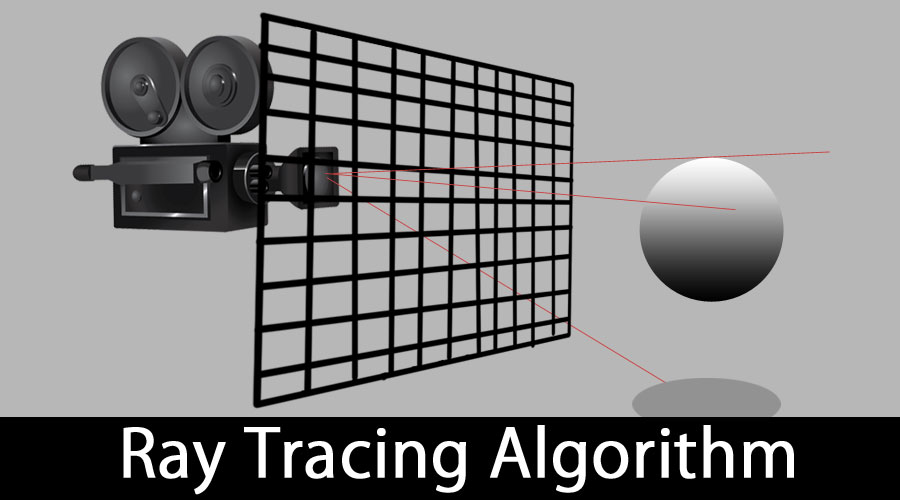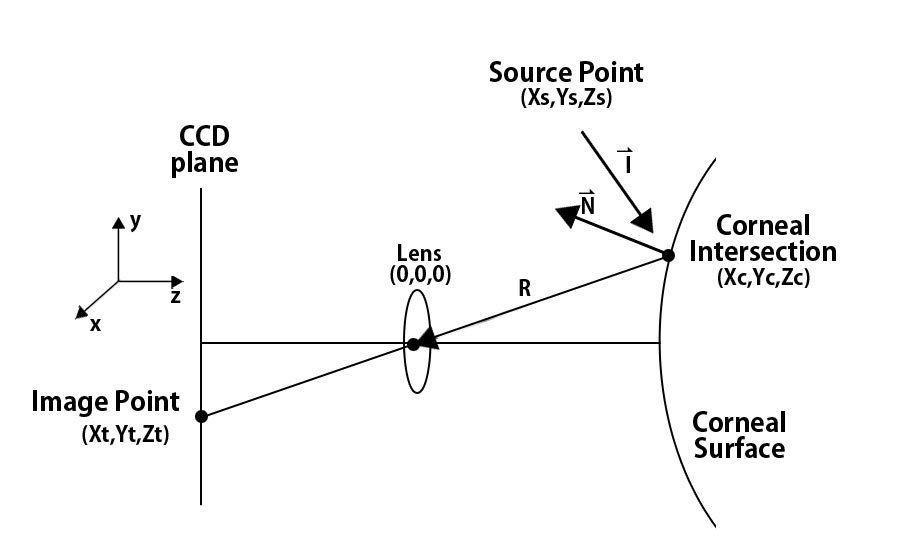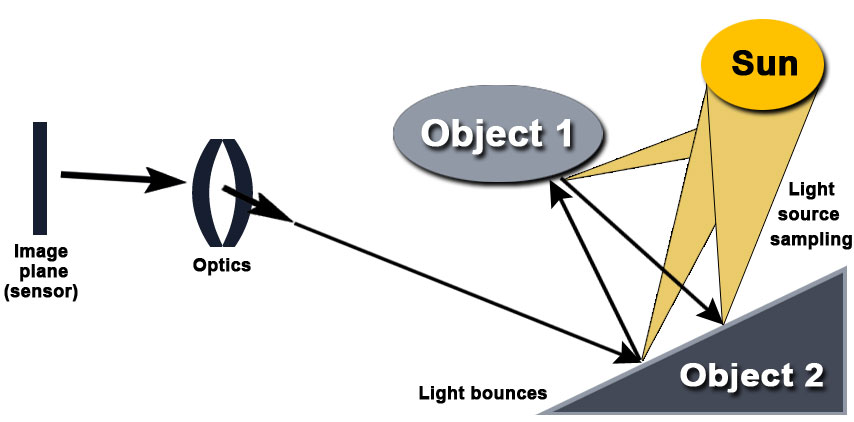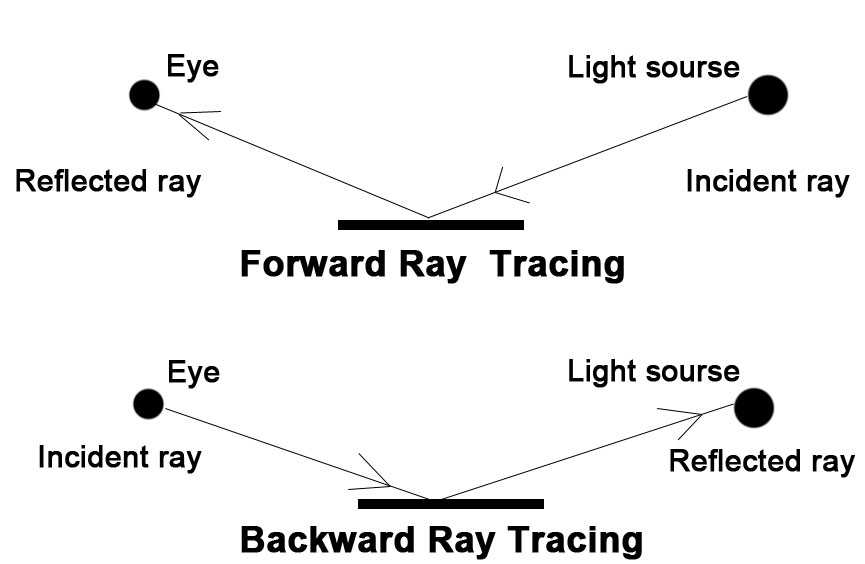Updated March 18, 2023
Introduction to Ray Tracing Algorithm
Ray Tracing Algorithm is the most successful image synthesizing technique. This technique has a great capability to produce the greatest degree of realism virtually which is more than that of other scanline rendering methods. However, this involves a greater computational cost. Computer graphic has become the most preliminary requirement in the current digital world. Computer graphics come into picture when we need to create an image virtually that looks very real and in fact indistinguishable from a normal photograph taken. There are many ways to achieve this. Ray Tracing is one of such rendering technique. This is used for generating an image by tracing the path of light as pixels in a plane of the image and simulating its effects when encountered with virtual objects.
A Brief History
When Ray tracing algorithm was invented, it was thought that this is the best technique to synthesize images. However, as computers were very slow during the 1960s and this technique has been left out as slow computers could not pace up with this highly advanced technique. But as computer speeds were exponentially improvising since then, slowly again this resumed it’s popularity and became one of the best methods.
When/Where it is Used?
Ray tracing algorithm is used when the cost to implement is not an issue and time to render is tolerated. This is because ray tracing algorithm needs high costs and also time to render the image is relatively very high.
Hence, this algorithm can be implemented in film/television visual effects as they need high definition and the best quality videos.
Types of Ray Tracing Algorithm
To make ray tracing more efficient there are different methods that are introduced. Let us look at those algorithms.
1. Forward Ray Tracing Algorithm
In this technique, the program triggers rays of light that follow from source to the object. Forward ray tracing is capable of determining the color of each object however this technique is inefficient. This is due to the fact that many rays from a light source never come through view plane and into the eye.
Also, tracking down each and every light ray from source to object is just a waste because not all the rays contribute to the visualization of the images. This is the reason why forward racing is also known as light ray tracing or photon tracing.
2. Backward Ray Tracing Algorithm
This method is used to get over the inefficiency of the forwarding ray-tracing method. In this method, an eye ray is created near the eye which passes through the view plane and into space. The first object that eye ray hits are the object which is seen from that point of view plane. Once the light ray is bouncing around, ray tracer figures the exact coloring and shading of this point in the view plane. This is now displayed at the exact corresponding pixel on the computer screen. Hence backward ray tracing is also called as eye-tracking.
The biggest negative of backward tracing corresponds to the fact that it only assumes light rays coming through the view plane and into the eye which gets to the final image. This might not be true in all cases. Say, for instance, an object is held on a table and if the light comes directly from the above and if the object, say a lens receives the light on the focal point where the concentration could be more. In this case, backward tracing would fail as it would not have an idea about the forward rays that could arise through the bending of light at the focal points. Hence backward tracing can strictly be used only when there is an even patch of light that goes through the object.
3. Hybrid Ray Tracing Algorithm
Hybrid ray tracing is the mix of both the above ray tracing techniques and this has been discovered to compensate the drawbacks of forwarding and backward ray-tracing techniques.
How it works?
To a certain level, forward tracing is applied and algorithms are used to record this data and then backward tracing is applied to this data. The final coloring of the complete picture is calculated based on both forward and backward trace records.
Ray tracing algorithm became quite popular due to its feature of realistic stimulation of lighting. This is quite efficient over other rendering techniques like scanline ray casting. Reflection and shadow effects are quite simple results of using ray tracing algorithm. The biggest disadvantage, however, is its performance but it is still quite advantageous over other rendering methods like scanline.
Recommended Articles
This has been a guide to Ray tracing algorithm. Here we discussed the basic concept, how it works, along with uses, and types of Ray tracing algorithm. You can also go through our other suggested articles to learn more –






